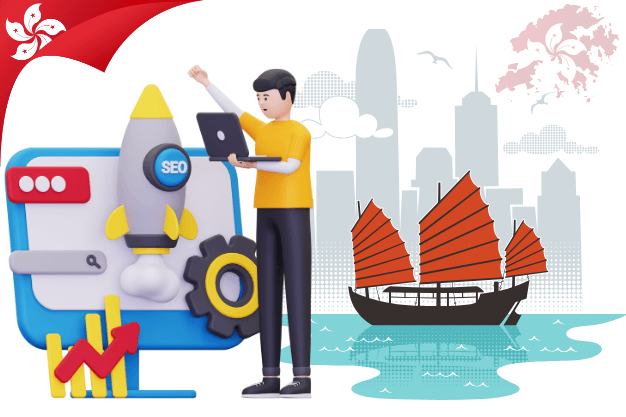When it comes to ecommerce website design, there are some key considerations that need to be tackled before building a site. The most important of which is how you are going to ensure that your ecommerce website is designed to generate the most revenue possible. A great looking high conversion ecommerce website with advanced functionality is not necessarily going to be highly converting one and because it’s important to get the return for your investment, this topic is imperative to read for all ecommerce website designer and ecommerce website owners alike. So, let’s take a look at a few of the factors that go towards ensuring your ecommerce website makes the most sales possible. Start with a Great Content Management System Why is the choice of Content Management System (CMS) you use as the backbone of your ecommerce website so important? Simply because this is the vehicle that will be making your sales. It is the platform that will be used for Search Engine Optimisation (SEO) and content marketing efforts. Your choice of CMS will directly influence how effectively you can drive new visitors and potential customers to your online store. We could talk about well-known CMS such as Drupal and Joomla. These are solid choices for a CMS. But the simple truth is, neither of these CMS can compete with WordPress as a suitable starting point for building a highly converting website with full ecommerce functionality. WordPress is pretty much search engine friendly straight out of the box (with a couple of small tweaks and a plugin or two added). It also scales very well, performing exceptionally well with fewer hardware requirements than any other CMS. It is easily extended, and there are many more skilled WordPress developers around compared to developers who specialize in other CMS platforms. So, to put it simply; WordPress functions better, and comes with a cheaper cost of ownership. Also, WordPress is quicker to deploy as a full ecommerce website solution, and does a great job of making sure your site is compliant with current web standards and works across all main web browsers and devices. Adding Ecommerce Functionality to WordPress There are a number of ecommerce plugins and extensions that are designed to add full ecommerce functionality to WordPress, but in reality, there is one that stands head and shoulders above the competition. Here we are talking about WooCommerce. When it comes to ecommerce website design and development using the WordPress CMS as the backbone platform, WooCommerce is the simplest to implement, the most robust and most easily maintained. WordPress + WooCommerce Comparison As an exercise, let’s compare WordPress combined with WooCommerce with some of the major competitors such as Wix, Shopify, Jimdo, and Magento. Wix this is a paid ecommerce platform, which is very easy to use. However, unlike the free combination of WordPress and WooCommerce, your site is always going to be reliant upon the company that provides the Wix service. Shopify another paid ecommerce platform, and one that is notable as being a potentially easier option for people who want to do their own ecommerce website design. However, it suffers from the same problem as Wix, you are locked into the Shopify platform. Jimdo this is a combined website builder and ecommerce platform. There is a free option but it is limited. As a purely ecommerce solution, it lacks a lot of functionality compare to WordPress and WooCommerce. Magento a great ecommerce platform with many features. Compared just to WooCommerce it is actually probably more flexible. However, it is not a real CMS. Great for simply setting up an online store, not so great for building a fully integrated ecommerce business that exploits modern digital marketing methods to produce sales. Ecommerce Website Design for Conversions How you set up and design the layout of your WordPress and WooCommerce site is going to affect how well it converts. Here are a few tips to help you ensure you produce the highest sales volume possible. Search engine friendly – every product title, description, and extended description should be optimized using SEO best practices. Streamlined user experience – make sure that product categories make sense, and all product are easy to find and identify. Remember, if a customer can’t find a product, they can’t buy the product. Use up sells and cross sells – make sure you don’t leave money on the table by offering customers additional products. For example, if your customer buys a laptop, ask them if they need a laptop case as well. This is one of the best ways of maximising revenue. The money is in the list – be sure to re-market to your customers after they have made a sale. Hit them with special offers and deals right in their inbox. DGreat Solutions is a web development firm that has been providing ecommerce website design and development services in Australia since 2014. We have the internal skill set to provide and end-to-end service, delivering full ecommerce websites that are highly functional and great at converting.
service@dgreatsolutions.com.au
Mon-Fri 09:00 AM - 05:00 PM
1300 955 184
Mon-Fri 09:00 AM - 05:00 PM
Edit Content









